Understanding the causes, symptoms, and treatment methods of Sciatica
Sciatica causes nerve pain in the leg, reducing irritation or compression of the sciatic nerve root. Despite its prevalence, sciatica is often misunderstood. Sciatica refers to nerve pain originating from the lower back and extending down the leg. It occurs due to irritation or compression of the sciatic nerve root.
This blog will explain the causes, symptoms, and treatment options for back pain.
What are the causes of Sciatica?
-
Discs in the spine may herniate or bulge, pressing on the sciatic nerve.
-
Narrowing the spinal canal can compress the nerve roots.
-
Wear and tear on the discs can lead to sciatic nerve irritation.
-
Tightening or spasms of the piriformis muscle can irritate the sciatic nerve.
Possible symptoms of Sciatica:
Pain Radiating from the Lower Back:
Sharp pain in the lower back is a major symptom of sciatica. This pain often travels through the buttock and down the back of one leg, trailing the sciatic nerve.
Numbness and Tingling Sensations:
Individuals dealing with the condition may experience numbness or tingling sensations in the affected leg. The impact of these sensations can vary from mild to severe and may be associated with the pain or occur independently.
Muscles Weakening:
Back pain can lead to weakness in the muscles of the affected leg. Weakness makes it difficult to perform tasks such as walking, standing, or lifting objects.
Standing or Sitting Difficulty:
Individuals with sciatica often struggle to stand or sit for extended periods. Positions that increase pressure on the sciatic nerve, such as sitting for long periods or bending forward, can exacerbate symptoms.
Worsening Pain with Movement:
Movements or activities, such as bending, lifting, or coughing, may worsen back pain. Changes in posture or sudden movements can increase pressure on the sciatic nerve, leading to increased discomfort.
Sleep Disturbances:
Tend to disrupt sleep patterns and make it difficult to find a comfortable sleeping position. Individuals may experience increased pain or discomfort when lying down, especially if the affected leg does not have proper support.
How to treat Sciatica?
Surgical Intervention:
Surgery may be an option if traditional treatments do not provide relief or if there is a structural issue such as a herniated disc. The surgical treatments for this may include discectomy, laminectomy, or spinal fusion, depending on the underlying trigger of this condition.
Non-surgical Intervention:
There are many non-surgical treatments like physiotherapy, medications, acupuncture, and others to treat slip disc conditions. Surgeries are helpful but expensive too and can have severe repercussions later, which means they have a high tendency to put life at risk. This is why most doctors like Dr. Sanjay recommend the MIPSI technique and non-surgical treatments to help you recover better.
1. Medications: Many over-the-counter pain-relieving medications such as ibuprofen or acetaminophen help in alleviating mild to moderate pain.
2. Physical Therapy: Physical therapy, exercises, and stretching can improve flexibility and strengthen muscles of the sciatic nerve. Consult a physical therapist to get proper posture and body mechanics to prevent further irritation.
3. Hot and Cold Therapy: Applying heat packs or cold packs to the affected area can help reduce inflammation and provide temporary relief from pain.
Talk to a professional slipped disc doctor to find more than just surgeries to treat the condition better.

3.jpg)













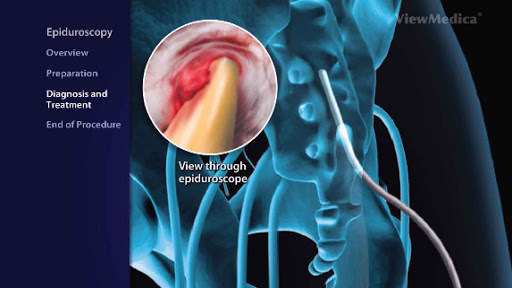

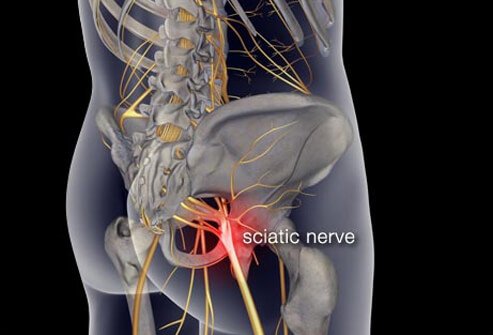















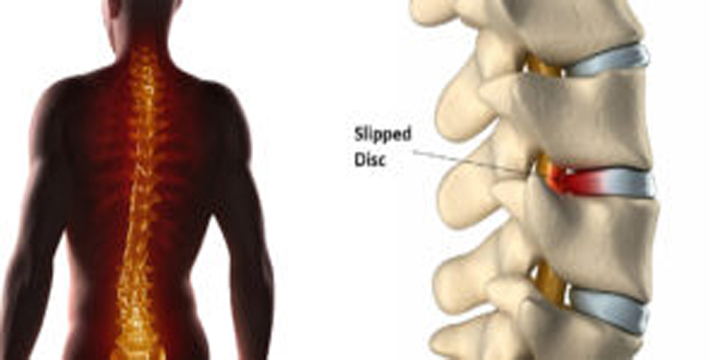
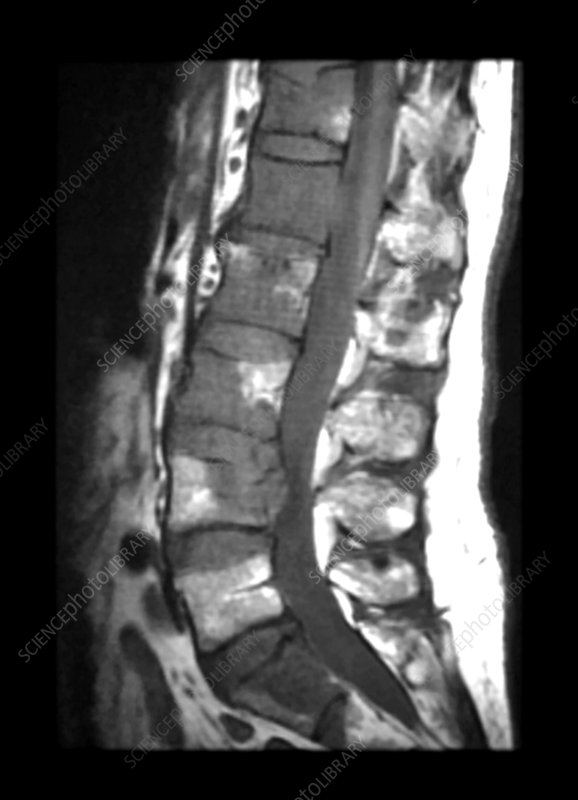































.jpg)











_Injection_Description_in_Hindi.jpg)


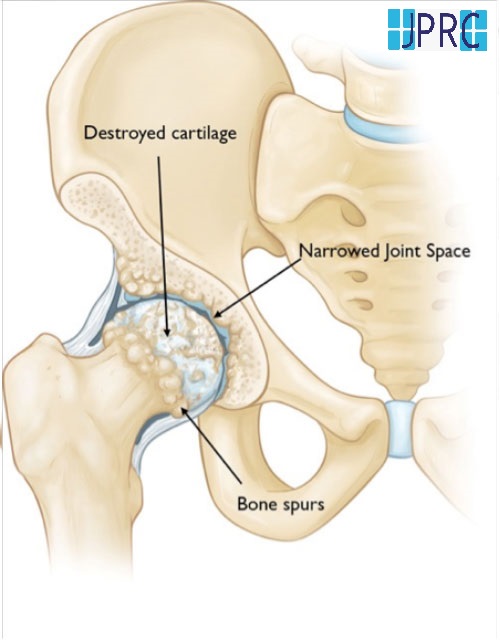
















.jpg)










.jpg)




.jpg)
.jpg)
.jpg)







.jpg)
.jpg)
.jpg)
.jpg)
.jpg)
.jpg)
.jpg)
.jpg)
.jpg)
.jpg)
.jpg)
.jpg)
.jpg)
.jpg)
.jpg)
.jpg)
.jpg)
.jpg)
.jpg)
.jpg)
.jpg)
.jpg)






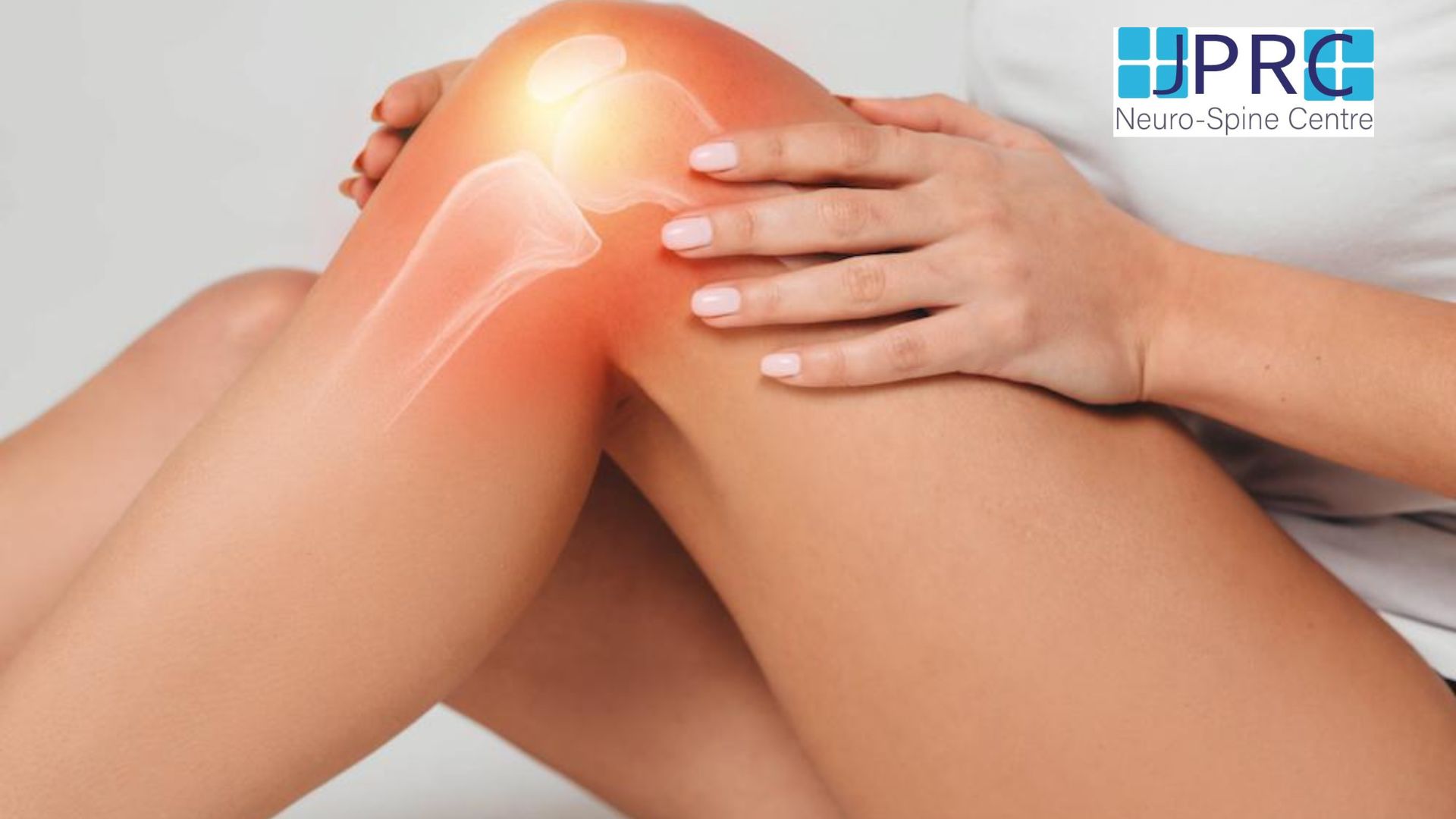

1.jpg)
1.jpg)

1.jpg)
1.jpg)
1.jpg)
1.jpg)
1.jpg)










2.jpg)
3.jpg)


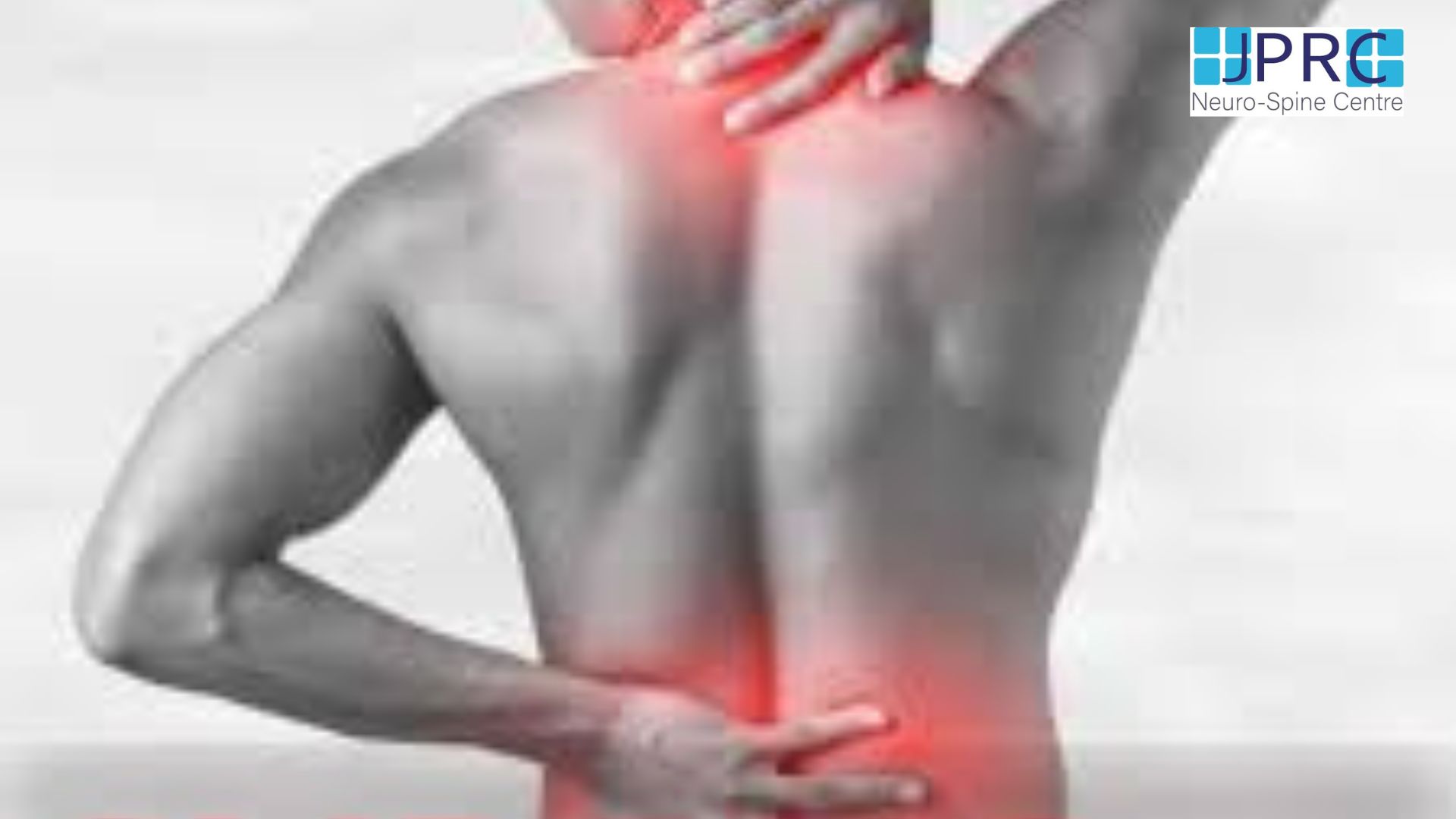
4.jpg)
1.jpg)
2.jpg)

5.jpg)

6.jpg)

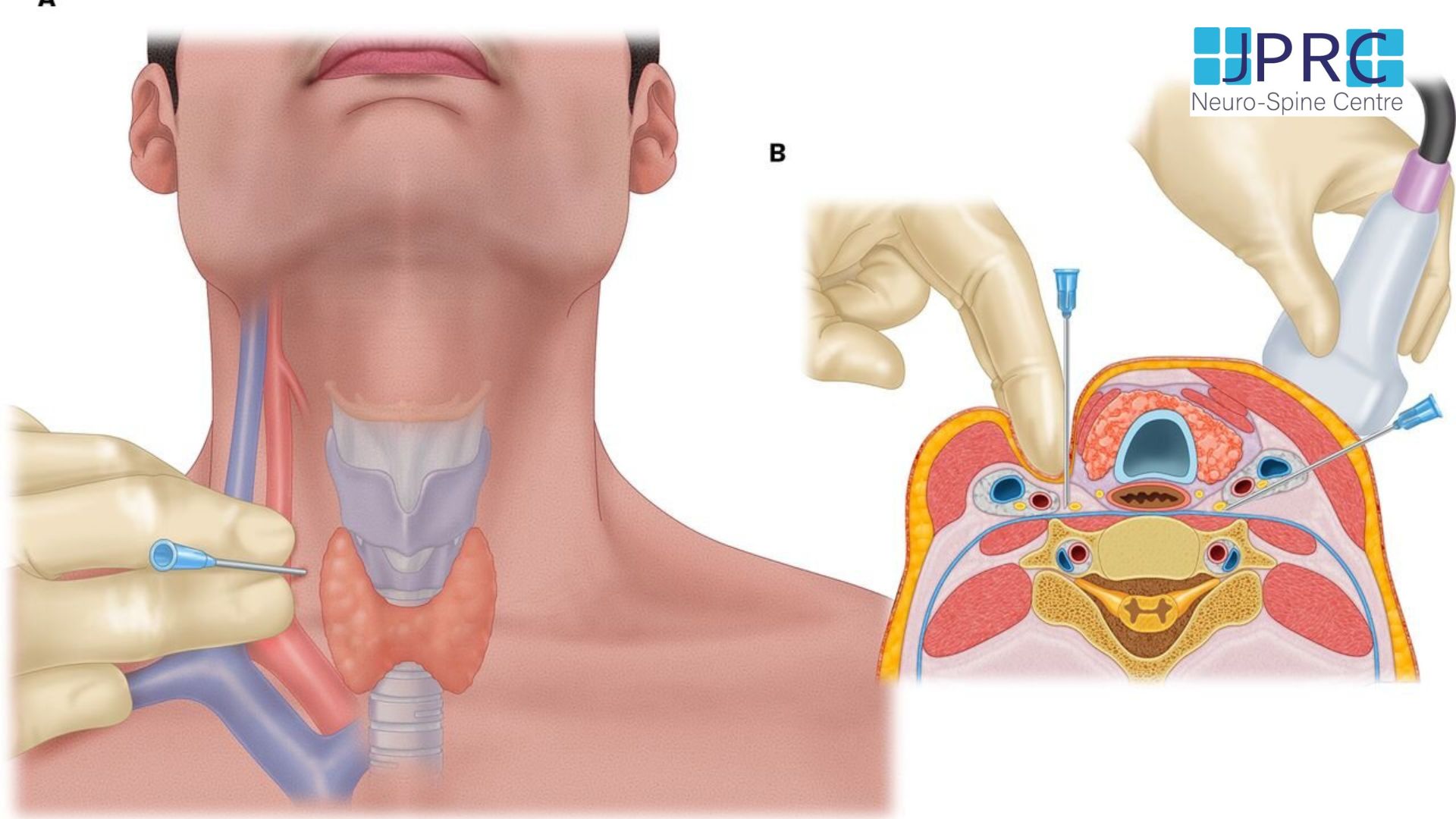


7.jpg)
2.jpg)

8.jpg)

9.jpg)
3.jpg)

10.jpg)

11.jpg)


12.jpg)
4.jpg)





























